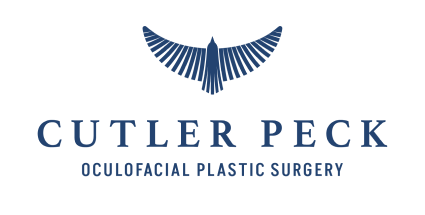Bell’s Palsy is a condition that impacts one side of the face. It occurs when the nerve that controls facial muscles becomes weak or stops working entirely. This results in several noticeable changes. Oftentimes, it leads to one eye sagging, a drooping smile, and an uneven-looking mouth. It often happens without warning, and the visual signs are what alert people to the condition. The condition affects roughly 15 out of 100,000 people, so it is not common. However, facial paralysis treatment can effectively address the issue. The condition impacts both men and women. You may wonder, can teenagers get Bell’s Palsy?
Can Teenagers Get Bell’s Palsy?
Bell’s Palsy impacts people of all ages, but it is most common among people ages 15 to 45. While it is less common than in adults, teenagers can still get Bell’s Palsy. The exact cause of the condition is often unclear. However, some key indicators explain why teens may get the condition.
Viral Infections
One of the leading theories behind Bell’s Palsy is viral infections. It is thought that a viral infection can reactivate. This can irritate the facial nerve. When irritated, the nerve can become swollen or inflamed. These changes affect the nerve and how it signals the face. This can disparately impact teens when they are stressed, tired, or are already sick.
Weakened Immune System
Teens’ immune systems are still developing. When fighting off another illness, it can become less effective. This can allow dominant viruses to take over control. If a virus can reactivate and cause inflammation, it can inevitably affect the facial nerve. Periods of high stress, lack of sleep, or poor nutrition can exacerbate this risk.
Certain Health Conditions
Certain health conditions can increase a teen’s risk of Bell’s Palsy. This includes obesity, diabetes, and high blood pressure. While these are less common among teens, they increase the risk of the condition. Each of these health conditions impacts blood flow to the nerves. This makes them more sensitive to inflammation. Hormonal changes during adolescence can further increase the risk of swelling and fluid retention. Teens who have chronic health issues are at a higher risk for several health conditions, including Bell’s Palsy.
What to Look Out For
Early treatment is necessary for those impacted by Bell’s Palsy. There are a few common warning signs among teens. This includes sudden drooping of one side of the face, specifically the mouth and eyelid. Teens may experience difficulty fully closing one eye. In some cases, teens may notice changes in taste. Ear pain that occurs before the drooping and on the same side of the face is also an indicator. If you notice these signs in your teen, seek an evaluation right away. It can reduce complications and speed recovery.
Facial Paralysis Treatment
If facial paralysis occurs, contact an oculoplastic surgeon experienced in treating it. A consultation and evaluation are necessary to determine that your teen has Bell’s Palsy. This includes an examination of how much of the facial nerve remains functional. The surgeon will determine whether the eye itself is at risk. Additionally, a review of the teen’s current health and medical history is necessary. From there, a treatment plan is designed to address the condition. Once treated, ongoing care is necessary to monitor overall progress. The treatment plan is adjusted as needed to ensure optimal long-term recovery.
There are several surgical and non-surgical treatment options. The one that is right for your teen depends on the severity of the condition. Common non-surgical therapies include medications, eye care, and physical therapy. Medications may include steroids or antiviral agents. Eye care may be necessary to protect the exposed eye. In some cases, physical therapy may be necessary to retrain the muscles and reduce unwanted movement.
Surgical interventions may be necessary if the nerve damage is severe. This may include nerve repair, nerve grafting, or muscle transfer. In some cases, static procedures may be necessary. This includes eyelid tightening or a brow lift. This can restore symmetry and function. While this offers cosmetic benefits, the goal is to protect the eye and restore a natural smile. This improves both the aesthetic and function of the entire face. It is imperative to get treatment as early as possible for the best outcome.
Top Oculoplastic Surgeon
If you experience the symptoms of facial paralysis, contact the team at Cutler Peck Oculofacial Plastic Surgery today to schedule an appointment!

